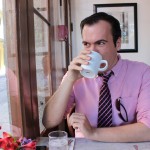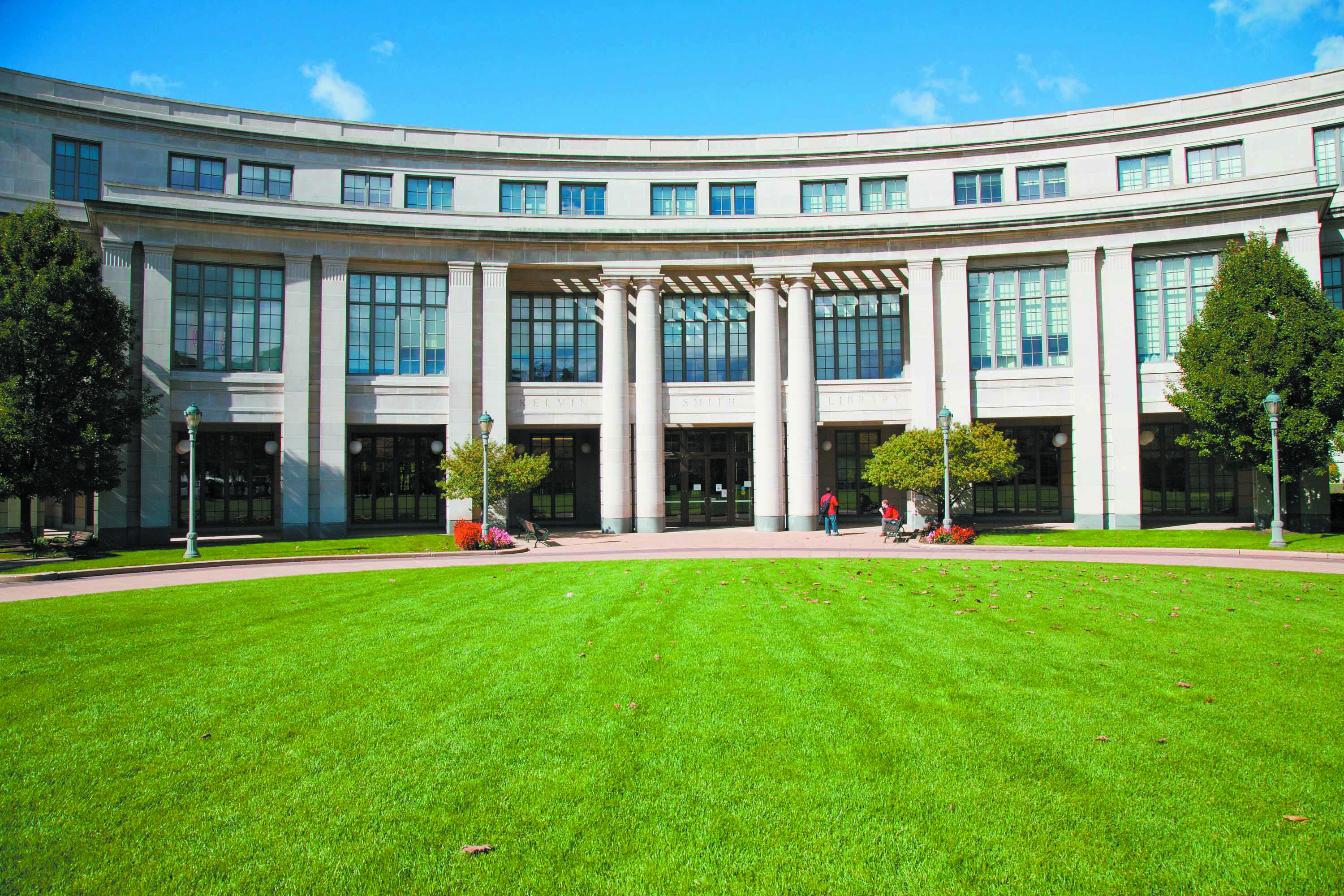“We want to get [students] thinking about the library in a different way,” associate provost and university librarian Arnold Hirshon explained during an exclusive discussion of the changes ahead for the Kelvin Smith Library (KSL).
Addressing a student competition to redesign the first floor and the upcoming addition of a full service café, Hirshon stressed the value of transforming this building from simply place to study, to an intellectual center of the university.
A primary part of meeting this goal, the first floor redesign competition gives students a direct opportunity to shape the future of KSL. The library invites students to create teams that will study the needs of CWRU undergraduate and graduate students, staff members, and faculty members. However, teams must consist of more than one individual. Following their assessment of the university population, the teams will then work to devise the most cost-effective, inspired, and practical plan for the redesign.
Concluding with a presentation to an Evaluation Panel, the team considered to have the best, comprehensive plan will be awarded the first prize of $2500. The number of submissions to the competition will determine the number of total prizes awarded.
“Ideally I’d like to see graduate and undergraduate students involved in these teams. We encourage diversity within teams, such as to undergraduates from interdisciplinary backgrounds, along with students from other area institutions, such as the Cleveland Institute of Art, to participate in this process,” Hirshon said.
For the most part, students will have a blank canvas with which to create their visions. “This building was designed twenty years ago and opened up fourteen years ago- it was designed for flexibility and we should take advantage of that flexibility,” he added.
Pointing out empty shelves in parts of the first floor, Hirshon conveyed the importance of reworking space in the library. “Teams should consider what needs to be on the first floor, what services do we need to provide in general, and what should we consider eliminating,” he noted. It is through these decisions that teams can reach out to the university community for guidance.
“When students come into the library, what would make this a warm, active, and exciting environment,” he asked. Student teams are encouraged to pose similar questions to the university in the manner of their choosing, from surveys to focus groups, or both. There are also scheduled sessions that allow student teams to interview KSL staff members.
Stressing the library’s openness to a wide array of options, Hirshon invites the teams to submit any idea that they can justify. This includes changes to the color scheme, artwork, signage, and layout. Teams can also argue the additions of items like technology and resources. However, they must be sure to account for maintaining enough space for current resources.
After developing their plan, the teams will present and defend their work before an Evaluation Panel of experts. “Though the composition of the panel has yet to be finalized, we plan to feature the university architect’s office, someone from the retail industry who is [a member of] our external advisor board, students, staff members, and faculty members,” he said.
One item teams don’t need to worry about placing is the planned addition of a full-service café on the first floor. This new facility will be positioned in the current periodical section of the library. The locker space currently offered near the library entrance will be relocated and, following an indentation of the wall, this space will become the back-end operations of the café.
“It will be a Bon Appetite café,” Hirshon explained. “They will have a lot of flexibility in terms of menu and will be experimenting during the first semester of operation. It will have items for the student that wants to grab something real quick and items for the faculty member who wants a more substantial meal.”
While a majority of the food items will be prepared off site, the café will be capable of preparing some items within the library. Further, it is KSL’s goal to attract not only members of CWRU to this establishment, but from the city as well. “There’s an opportunity to create this as a Cleveland community service and not just a Case service,” he added.
The library is also featuring a contest for the naming of the café. Those interested in submitting entries can do so at surveymonkey.com/s/kslcafe.
The café is hoped to appeal to not only those studying and reading in the library, but to those who pass by KSL on a day-to-day basis. This also includes people who attend functions at Severance Hall and want something to eat or drink prior to the events.
Striving to improve the library on multiple fronts, the redesign challenge and café addition are drawing anticipation from CWRU students.
USG vice president of student life Divya Aggarwal is eager to see many of the planned transformations occur. Approving of the university librarian’s goal of continuing to make KSL a useful and practical place for student studying, she is particularly interested in his proposed improvements to the Freidman center. “I am also excited to see the student proposals for the first floor re-design challenge in the spring,” she said.
CWRU undergraduate Michael Knobloch is also intrigued to see what the redesign teams plan. “I’d love to see more space designated for leisure reading materials,” he explained.
However, fellow undergraduate Slavko Rebec is primarily interested in the new café. “Having a café in the library would be awesome,” he exclaimed. “That would be so much better than the coffee vending machine they currently have now!”
This reaction doesn’t come as a surprise to university librarian Hirshon. “It is our hope that it will create a more dynamic learning and research dynamic. After all, food nourishes not only the body but also the mind,” he concluded.



